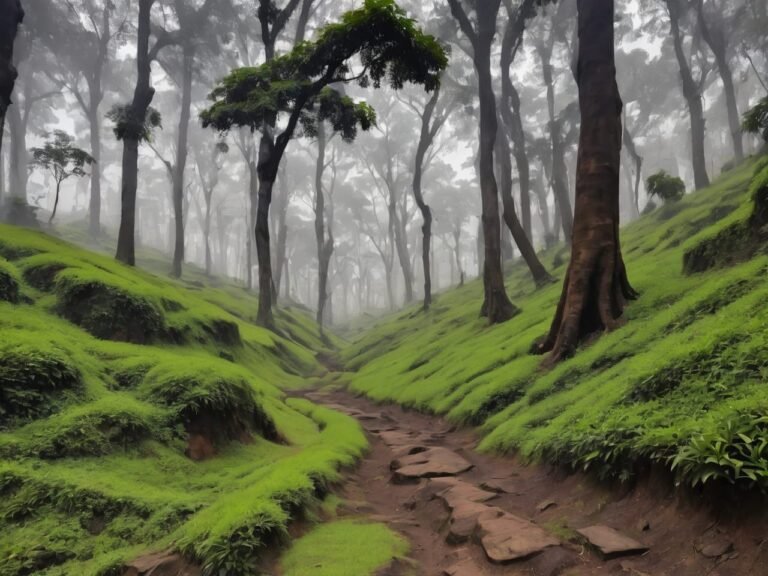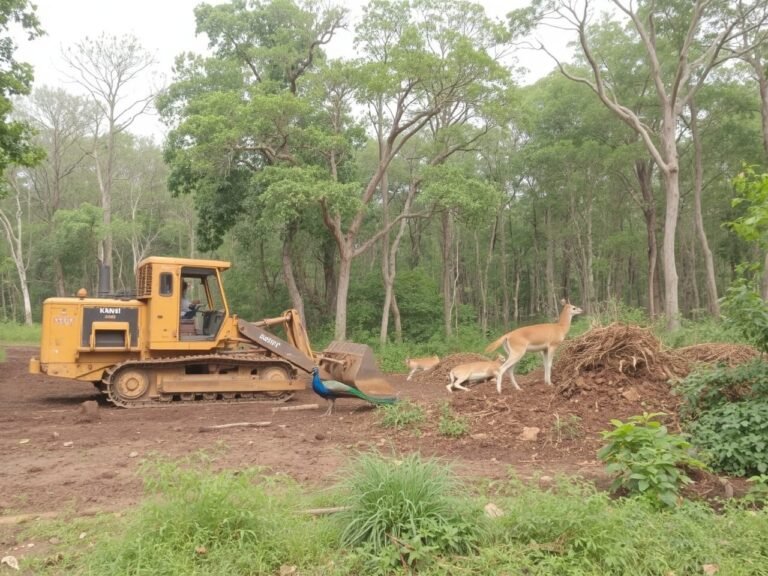In an exciting discovery, a caracal, one of India’s rarest wild cats, has been spotted for the first time in two decades in Rajasthan’s Mukundra Hills Tiger Reserve. This elusive feline was photographed during a Phase IV wildlife survey, sparking renewed interest in its conservation.
Caracal: India’s Mysterious Wild Cat
Caracals are medium-sized wild cats with sleek, reddish-brown coats, striking black-tufted ears, and piercing golden or green eyes. Their ability to leap over six feet in the air to catch birds has earned them the nickname “desert lynx.”
These nocturnal hunters prey on birds, rodents, rabbits, and small antelopes, playing a crucial role in maintaining ecological balance. Historically found across Africa, the Middle East, Central Asia, and India, their numbers in India have declined drastically, with estimates suggesting fewer than 50 individuals, primarily in Rajasthan and Gujarat.
Why Is This Sighting Important?
The Mukundra Hills sighting is significant because it:
✔️ Confirms that caracals still roam India’s wilderness.
✔️ Highlights the success of conservation efforts in protected areas.
✔️ Draws attention to the urgent need for habitat protection and anti-poaching measures.
Challenges Facing the Caracal in India
Caracals in India face severe threats, including:
⚠️ Habitat Loss – Agricultural expansion and urbanization shrink their natural home.
⚠️ Human-Wildlife Conflict – Caracals sometimes prey on livestock, leading to retaliatory killings.
⚠️ Poaching and Illegal Trade – Unregulated hunting further reduces their numbers.
What Can Be Done to Protect Them?
Experts suggest several steps to ensure caracal survival in India:
🔹 Conducting more wildlife surveys to estimate their population.
🔹 Expanding protected areas and enforcing stricter anti-poaching laws.
🔹 Raising awareness among local communities to reduce conflict.
Why Should We Care?
Caracals are top predators that help control prey populations, keeping ecosystems in balance. Their survival reflects the overall health of India’s grasslands and dry forests. Protecting them means protecting India’s rich biodiversity.
This sighting is a reminder of nature’s resilience, and with the right efforts, we can ensure that caracals continue to thrive in the wild.
—
References:
1. Times of India – Elusive Caracal Caught on Camera in Mukundra Hills Tiger Reserve (March 2025)
2. Mongabay – Caracals on the Brink: Conservation Challenges in India (October 2023)
Disclaimer: This article is based on available reports and research. Conservation status and sightings may change with new discoveries.








